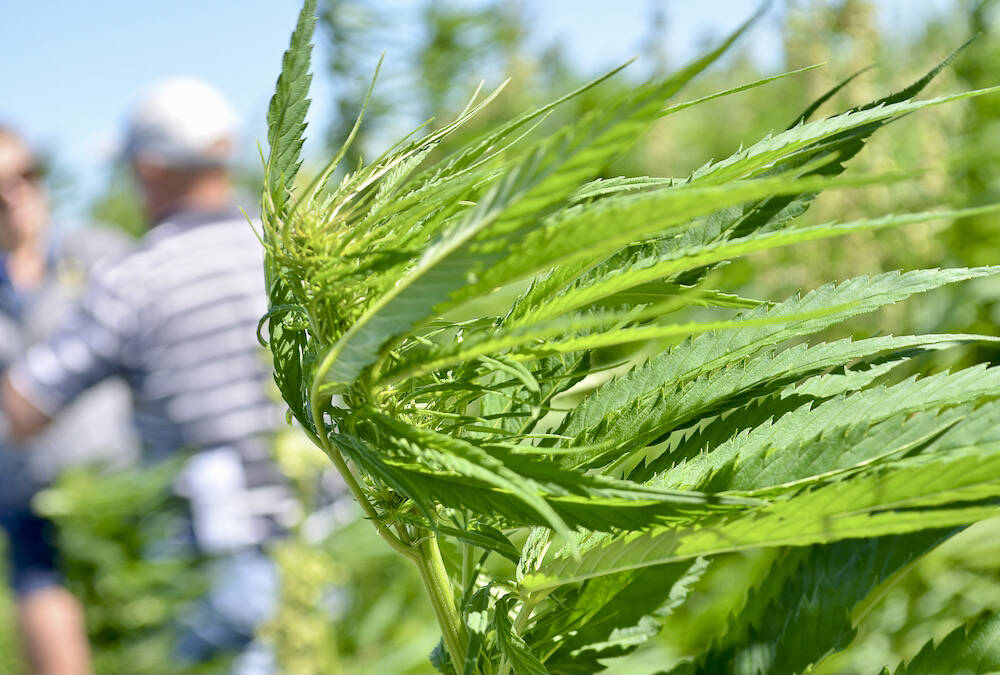Get ready to see more quinoa waving in the Prairie breeze.
Saskatchewan-based Northern Quinoa Corp. is preparing to increase its acres nearly twentyfold over the next three years.
The company has about 5,250 acres of the ancient grain under contract this summer, but it would like to see 100,000 acres across Alberta, Saskatchewan and Manitoba by 2018.
“We plan on increasing acres, for sure, as our customers grow, as we educate customers, we’re trying to increase demand,” said general manager Michael Dutcheshen. “I think our goal next year will be 20,000 acres, and we will move from there.”
Read Also

Canadian hemp stable, but stuck on growth
Canada’s hemp industry hopes hybrid varieties, better yields, clearer regulations and new markets can help the crop break past its ceiling and get Canadian farmers planting more hemp acres.
It’s been more than two decades since quinoa moved from the mountain plateaus of South America to the Canadian Prairies. But Dutcheshen said it really only began to gain widespread popularity after celebrity endorsements in the late 2000s. But a consistent and economical supply from South America has resulted in cautious and calculated growth in Canada.
“Part of the reason we screen farmers is because there has to be a demand built up for their product as well,” he said. “It’s still a fairly niche grain compared to other crops, a lot of the manufacturers are still figuring out how to use it, and until that happens we’re not taking every single farmer who comes to us.”
With one exception.
“We never turn down an organic acre no matter where it is, even if it falls outside of our prime growing area, because we have such a strong demand for organic,” said company founder and president Joe Dutcheshen.
The biggest determinate in which applications are accepted is location, said Michael Dutcheshen.
“They don’t do well in the southern part of Saskatchewan and the drier areas of Manitoba, so we try to stay north of Highway 16,” he said. “Following that, we look at crop rotations, we don’t follow canola, or wheat — wheat is a gluten crop and we try and sell quinoa to a gluten-free market.”
Certain residual chemicals can hinder growth in quinoa, Joe Dutcheshen adds.
The company also has Canada’s only registered quinoa variety that’s specially suited to the Prairie climate.
“It’s a product of about 15 years of natural selection, so non-GMO, and we’ve developed it to be the earliest-maturing most vigorous variety for Western Canada,” said Joe Dutcheshen.
While it will still be a number of weeks before this year’s quinoa is ready to come off the fields, so far it’s looking good.
“Overall it’s been a very good year for quinoa, it’s a cool dry-season crop, and although it hasn’t been that cool, it likes that it’s not as wet as it has been in previous years,” said the general manager. “In Edmonton and the Lloydminster area it’s been bone dry, so the crops aren’t very good there in general, not just quinoa, but everything… But in Manitoba crops are actually looking very, very good this year.”















